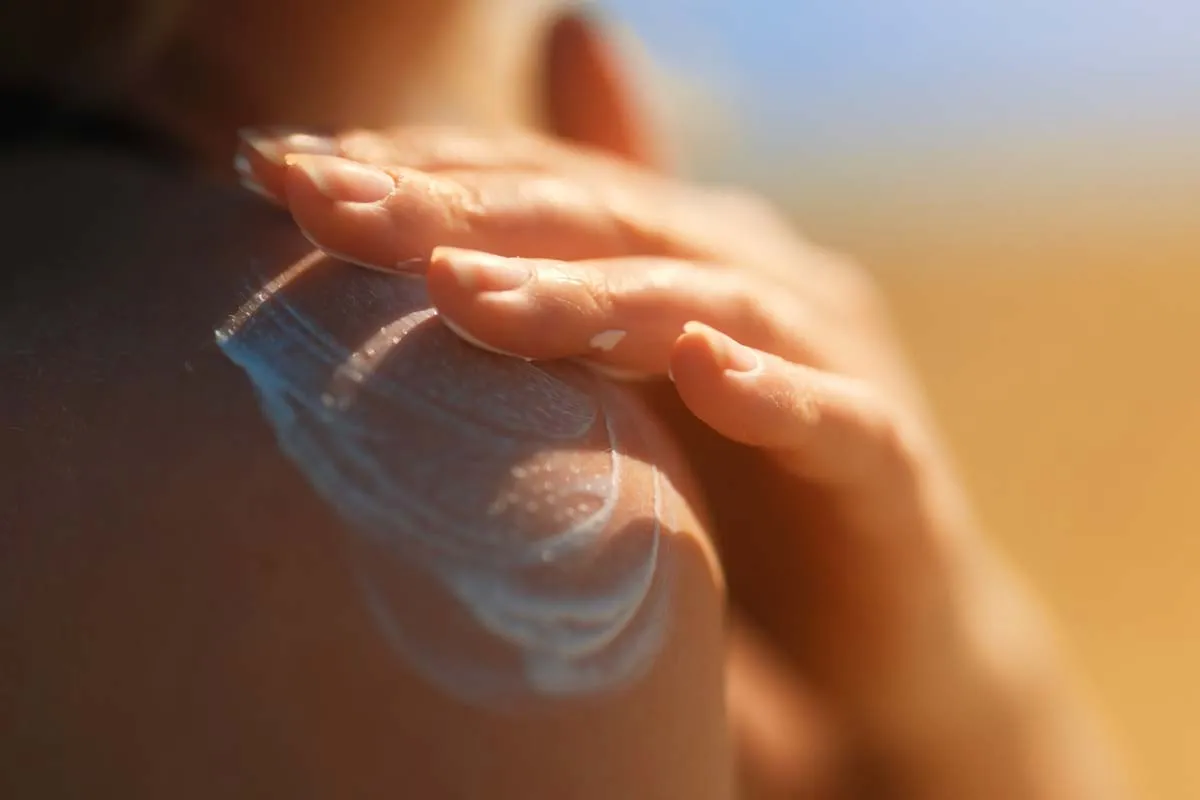By Charalampos Karouzos,
In today’s diverse world, beauty standards encompass a rich tapestry of cultures, traditions, and individual expressions, marking a new trajectory away from the single idealized model of beauty for each culture. From the luminous porcelain complexion revered in some Asian cultures to the sun-kissed bronze admired in others, the perception of beauty varies widely across different cultural backgrounds, with skin tone playing the protagonist role that shapes these standards.
Nowadays, tanning, the favorite activity of many during their vacation, can become the causative agent of several hazards, making it imperative that we understand better the physiological complexities and the associated risks behind obtaining a beautiful golden sheen. Tanning, associated with leisurely beach days or outdoor escapades, seems like a welcome reprieve from our daily grind. But beneath that golden glow lies a complex relationship between our skin and the sun’s ultraviolet (UV) rays, a topic often overlooked. While everyone is aware of sunscreen’s importance, this article strives to delve deeper into the science behind getting a tan, exploring the differences between the natural, sun-exposure way and the novel artificial approaches. Additionally, indispensable advice regarding the different skin types according to current dermatological understandings, as well as the preferred way to safeguard your skin while getting the sought-after tan, will be explored.
Ultra-Violet (UV) radiation is well-known to be harmful and consists of two primary types; UVA and UVB. UVA rays penetrate deep into the skin, contributing greatly to premature aging, wrinkling, and the development of skin cancer. On the other hand, UVB rays predominantly affect the outer layers of the skin, causing sunburns and escalating the risk of skin cancer, including the deadly melanoma. However, UV rays must not be solely considered harmful, as moderate sun exposure offers several benefits for humans, ranging from vitamin D synthesis, important for bone health and immune function, to triggering the release of serotonin, which enhances our mood and potentially alleviates symptoms of seasonal affective disorder. Further, exposure to natural sunlight helps regulate the body’s internal clock, promoting healthy sleep patterns and overall balanced circadian rhythm.
The effect of the rays varies and is interconnected with one’s skin tone. This is why dermatologists utilize the Fitzpatrick scale, a classification of the skin types based on their response to UV radiation. The scale ranges from Type I (very fair skin, always burns, never tans) to Type VI (deeply pigmented skin, rarely burns). Different skin types correspond to the amount and distribution of melanin, the pigment responsible for skin color, that is produced by one’s melanocytes. Individuals with darker skin tones have melanocytes that produce more melanin and distribute it more evenly throughout the skin, resulting in darker pigmentation and, importantly, providing greater natural protection against UV radiation. It is imperative that we recognize our skin type, which allows us to make informed decisions regarding sun exposure and protection.

Sunscreen, mineral or chemical, stands as a robust shield against the harmful UV rays. Most people are aware of the more popular chemical sunscreen, which contains compounds like avobenzone or oxybenzone, that absorb UV radiation and convert it into heat, which is then released from the skin. However, there are also mineral sunscreens, called “natural”, that contain active mineral ingredients, such as zinc oxide or titanium dioxide, creating a physical barrier on the skin’s surface, reflecting and scattering UV rays away from the skin. Mineral sunscreens are often preferred by those with sensitive skin or allergies to chemical ingredients, as they are less likely to cause irritation or allergic reactions while, at the same time, they are considered reef-safe, as they do not contain chemicals known to harm marine life.
When choosing a sunscreen, one must look for broad-spectrum protection with an SPF (Sun Protection Factor) of 30 or higher. SPF indicates how long the sunscreen will protect your skin from UV rays compared to not wearing sunscreen. For instance, SPF 30 implies that you can stay in the sun 30 times longer without burning than if you weren’t wearing sunscreen at all. However, even the right sunscreen for each skin type will not be effective if not reapplied frequently or after swimming/sweating.
References
- Considering Cosmetic Procedures? Know your Fitzpatrick Skin Type First. Enrich Clinic. Available here
- The Risks of Tanning. FDA. Available here
- What to Know About Tanning. WebMD. Available here
- Michael Garone Jr, John Howard, Jordan Fabrikant. “A Review of Common Tanning Methods”. Clinical Aesthetic. V 8 n(21).




